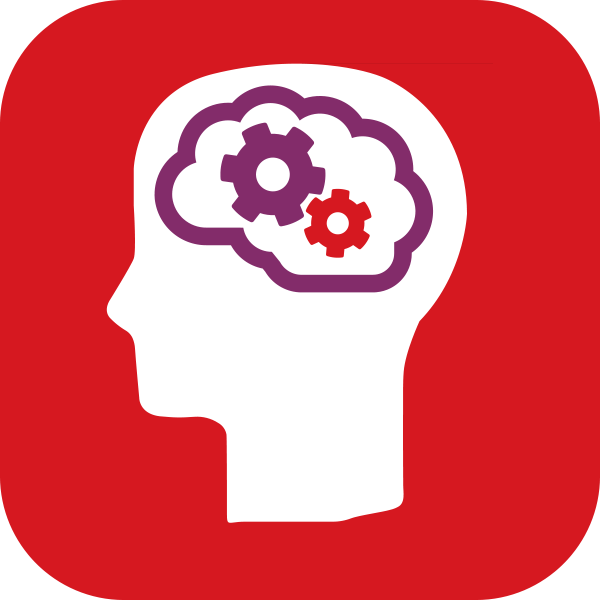A fast-growing school with a clear ambition
When Jamie Efford, Elementary Principal at Dubai Schools Al Khawaneej, Taaleem described his school in our recent webinar, you could almost feel the energy crackling through the screen.
Dubai Schools Al Khawaneej is still young - just a few years old - and is already serving over 1,700 students. With 94% Emirati enrolment and a melting pot of 36 nationalities among the rest, the hallways hum with different languages, cultures and aspirations.
And if opening a brand-new school wasn’t enough, Al Khawaneej welcomed 464 new students this year alone. Twelve full sections of KG1, siblings joining across grade levels and the excitement of opening Grade 8 for the first time. It’s a story of growth but also of challenge: varied starting points, bilingual and multilingual learners, and the ever-present need to ensure precision, not just provision.
Culture over compliance
Jamie was honest: “We were data rich, but application poor.”
The school had Cognitive Abilities Test (CAT4) results, Measures of Academic Progress (MAP) data, internal assessments, New Group Reading Test (NGRT) scores and even the Pupil Attitudes to Self and School (PASS) survey results. In short: plenty of numbers. But teachers weren’t confident in what to do with them.
The turning point was a simple question: “So what?”
Instead of treating assessments as an end in themselves, the school began to see them as the beginning of a conversation. A culture shift, away from box-ticking and towards ownership.
Simple access, shared ownership
The first move was practical: stop hoarding the data. Every teacher now has direct access to GL Education’s online testing platform, Testwise, and a one-stop internal dashboard designed by the school’s ’data guru’. No more waiting for reports to trickle down.
Each child has a Learner Passport, a living document capturing their CAT4 profile, NGRT reading results, MAP attainment scores and teacher notes. These are not dusty files but working tools, carried into lessons and parent meetings alike.
In Jamie’s words: “The admin burden shrank, and professional agency grew.”
Cadence that sticks
Jamie’ team adopted a rhythm:
- Data drop every half term
- Pupil progress meetings with teachers, instructional coaches and grade leads
- Six-week sprints of targeted action
- Review, then repeat.
Wave 1 “quality-first teaching” comes first - small adjustments in every classroom. Wave 2 or 3 interventions then follow where needed. The process is collaborative, grounded in dialogue and refreshingly human. Teachers share what works, swap strategies and learn from each other.
Reading as the lever
Here’s where the magic sharpened. With support from Emmeline Curtis, an Education Advisor at GL Education and Renaissance, staff went deeper into NGRT data.
Rather than taking one overall score at face value, teachers began comparing Sentence Completion (a measure of decoding) with Passage Comprehension.
The nuance mattered. A child may decode fluently but stumble on inference, deduction or vocabulary. Another may manage surface-level retrieval but falter when asked about a writer’s choice of language. NGRT revealed these hidden barriers and suddenly the path to intervention was much clearer.
Importantly, reading wasn’t just an English department issue; it became the lever for access across maths, science and beyond.
Triangulation, not guesswork
No test stands alone. At Al Khawaneej, NGRT data is paired with CAT4 data to compare reading ability against students’ cognitive profiles. If a student’s CAT4 verbal reasoning is high but their NGRT score is low, for example, that gap signals an underdeveloped literacy skill not a lack of ability.
Add MAP into the mix, measuring attainment against curricular standards, and the school builds a three-dimensional view of each learner:
- Potential (CAT4)
- Access through reading (NGRT)
- Curricular progress (MAP).
As Jamie explains: “It’s not data for data’s sake, it’s data for clarity, precision and action.”
External partnership that builds confidence
Jamie also shared the school’s involvement in KHDA’s Excel Anywhere pilot. Rather than seeing inspectors as clipboard-wielding judges, the school welcomed them as partners in dialogue.
Sitting around the table with KHDA specialists, sharing openly and being coached on strategy was, in Jamie’s words, “transformational”. The process strengthened teacher confidence, sharpened improvement priorities and gave leaders the reassurance that their journey was on the right track.
And yes, the school met all its KPIs, setting a strong foundation for this year’s consolidation.
Jamie suggests five tips that other schools can consider:
- Democratise the data: Secure Testwise access and simple dashboards for all staff.
- Profile readers, not levels: Use the NGRT Reading Support Pathway to identify needs and support intervention.
- Triangulate with purpose: blend CAT4, NGRT and MAP data for a 360° view.
- Routinise review: Half-termly meetings and six-week sprints lead to measurable outcomes.
- Invest in CPD that changes habits: Practical training that shifts tomorrow’s lesson, not just today’s knowledge.
Why it matters
In fast-growing, multilingual schools, benchmarking is about giving every teacher the head start they need to understand their learners.
When data is simplified, routines are consistent, and teachers feel confident, gaps begin to close – and children move from coping to thriving.
And that, really, is the heart of Jamie’s story: assessment is no longer an event. It’s a daily rhythm that fuels teaching, empowers staff and most importantly, gives every child the chance to succeed.
Speakers referenced
Jamie Efford, Elementary Principal, Dubai Schools Al Khawaneej, Taaleem
Support by Emmeline Curtis, Education Advisor, GL Education & Renaissance




